
Website and application speed is a core experience metric that many companies focus on. For good reason – It's widely accepted that digital assets need to load in three seconds or less, otherwise 40% of your audience will abandon.
Following this theory, US telco T-Mobile and Dynatrace recently conducted a study into the importance of site and application speed, and the impact on consumer satisfaction and conversions. The data was vast, involving every session for 379k unique site visitors and looked at various business transactions.
Here's some of what the report found:
Faster Page Loads = Completed Orders
Visitors that completed orders experienced pages 50% faster than visitors who didn't.
1.23 seconds doesn't sound like a deal breaker but T-Mobile's research found that it's the difference between abandonment and conversion. The visitors who experienced good performance were more likely to complete orders (at 2.40 secs) than those who didn't complete a transaction at 3.63 secs.
You can also see in the chart below that the converting customers (orange dots) all hovered in the 1 second to 5 second range.
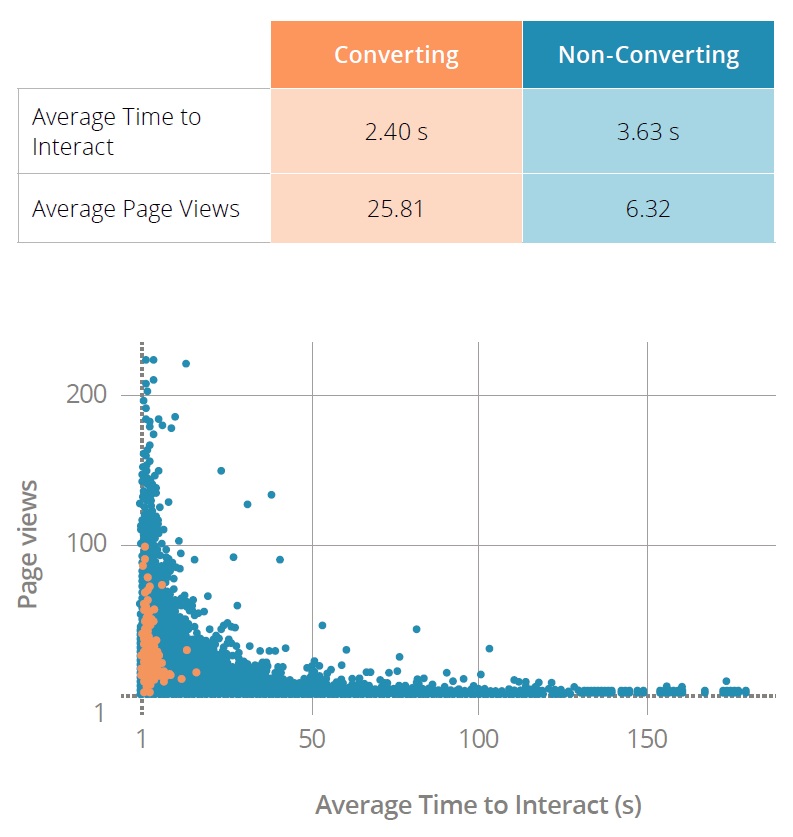
Slow Pages Reduce Conversion Rates
The report found that visitors who experience five pages loading slower than five seconds were half as likely to convert than the visitors experiencing no pages slower than five seconds. The comparison on conversion rate was 18% vs 38%.
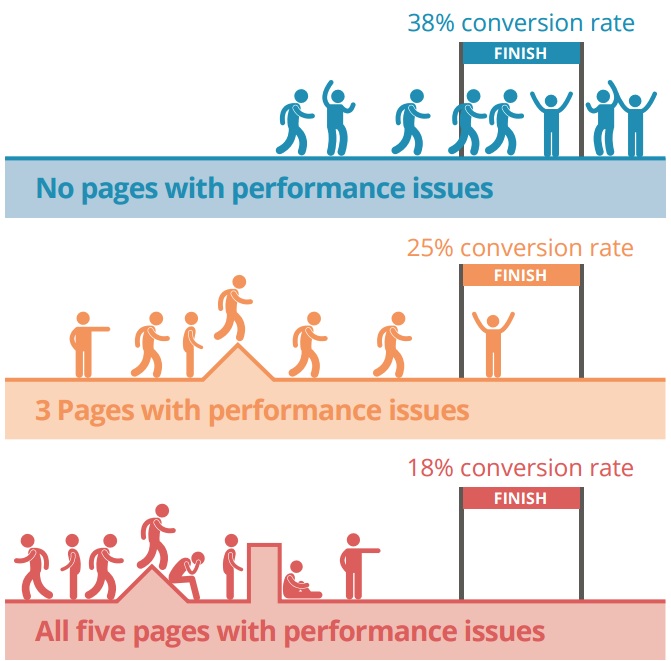
Web Speed is Critical on the Front End of the Experience
When it comes to web page speed, first impressions are the most important. T-Mobile's analysis found that visitors viewing pages earlier in the transaction journey (i.e. Home page and Log-in page) were more sensitive to performance issues than when viewing later pages, such as Purchase pages. This makes sense: the deeper customers go into transactions, the more committed they are to completing them and, therefore, the more patient they are. Slow pages early on and people find it easier to abandon.
The chart below shows data for the Home page and Log-in page. Conversion rates decrease consistently to the 6-7 second time mark, as page speed slows:
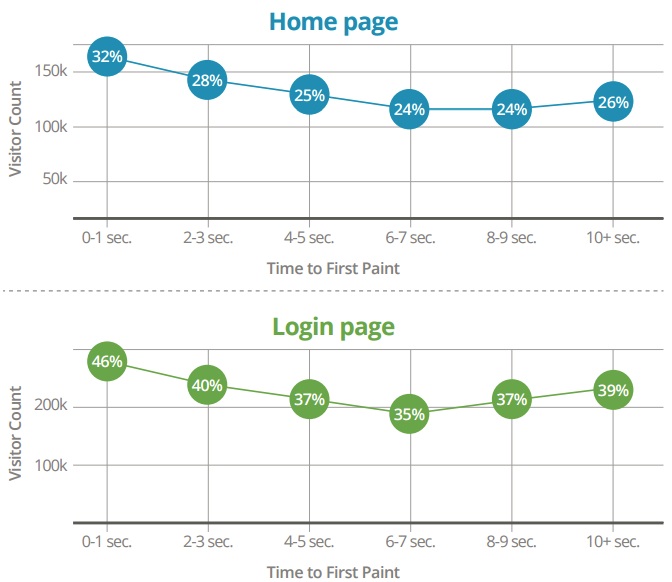
Speed Matters Most on Product Pages
Poor performing product pages, regardless of when they appeared in the customer journey, had a significant impact on the visitor abandoning the transaction.
T-Mobile found that conversions drop 60% when product pages take longer than 10 seconds to load – from 25% conversion for a page load of 0-1 second to a 10% conversion rate at 10+ seconds.
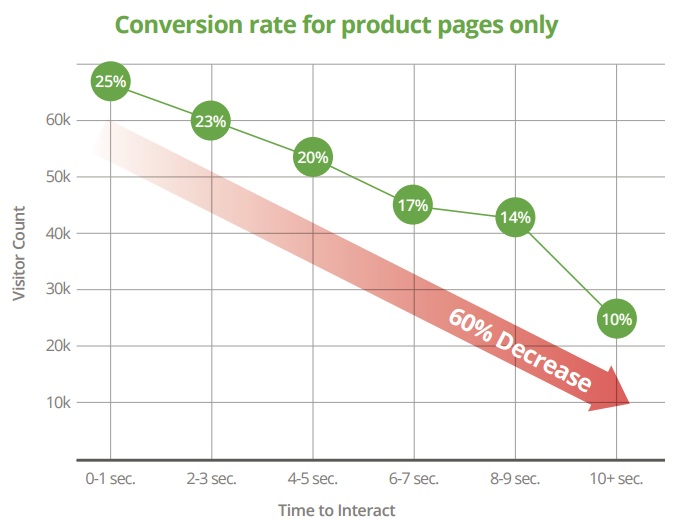
Speed is Crucial Across the Entire Site
Even when T-Mobile removed product pages from the data, conversion rates were still impacted significantly by response times. The data shows that across the board consumers who averaged a 0-1 second response time were converting at a rate of 40% compared with a conversion rate of 29% for those experiencing pages taking 10+ seconds to load.
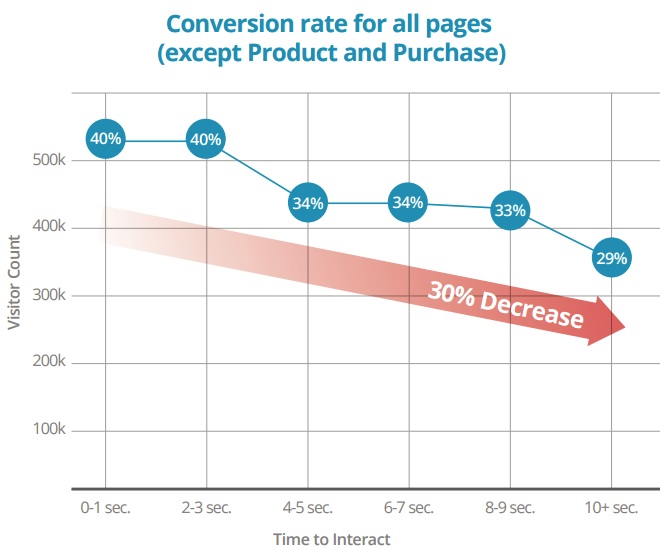
The results show how much of an impact website performance can have on your business. How is your organization planning to make the most of customer interactions across digital channels?
Howard Wilson is General Manager, Digital Experience, at Dynatrace.


